Dark Matter Secret To Supporting Life In Sunless Systems
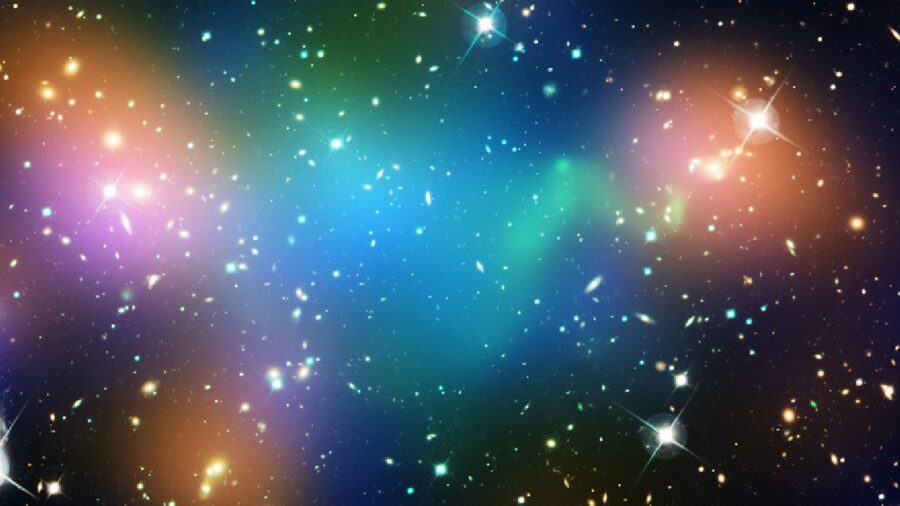
Rogue planets might well have a source of energy that serves to keep their surfaces heated enough to hold a supply of liquid water for a lengthy amount of time. In a 2012 paper, astronomers proposed a theory that dark matter and dark energy present in a rogue planet’s core will be enough to act as a massive heat source for the planet, substituting the heat source that a nearby star would provide. This theory has given yet another reason for astronomers to study the night skies for these bodies.
Most Of The Universe Is Made Up Of Dark Mater And Energy
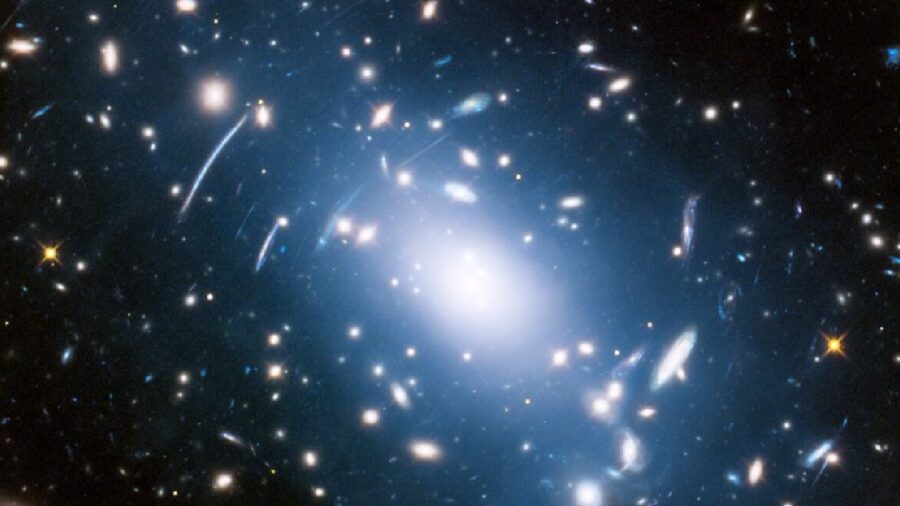
It’s estimated that only 5 percent of the universe’s makeup is from matter as we know it. The rest is composed of dark matter and dark energy. Dark matter is thought to be 27 percent of our universe, while dark energy accounts for 68 percent of it. It’s a difficult concept to wrap your mind around, as 95 percent of the universe’s makeup is from substances that the eye cannot see.
Dark Matter Is Invisible
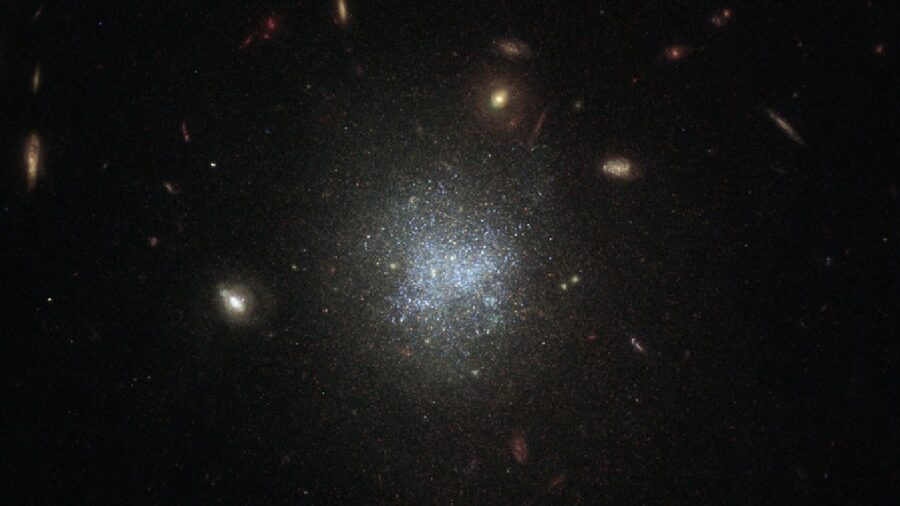
Dark matter is invisible, as it does not interact with other, visible forms of matter via a source of light. Rather, dark matter is detected through gravity. When these massive, but invisible, particles collide with each other, they release a tremendous amount of energy.
A Collision Of Dark Matter Creates Plenty Of Heat
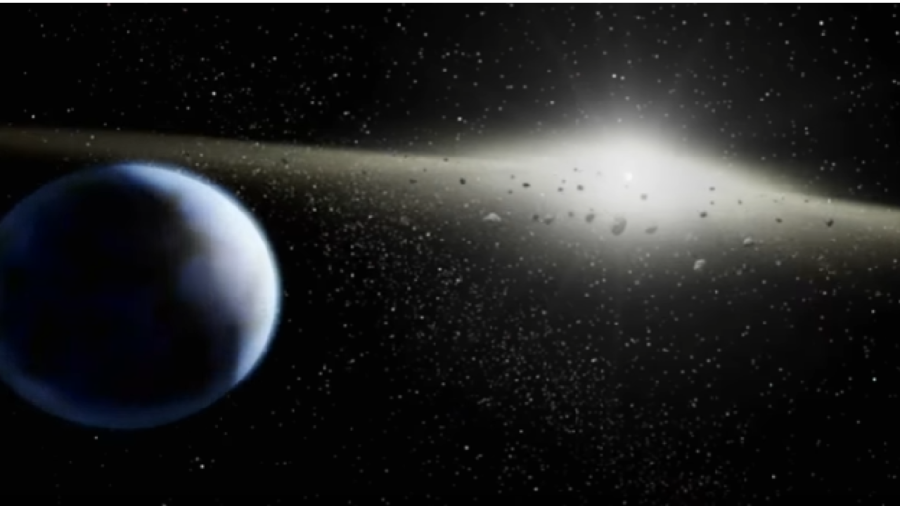
So much energy, in fact, that if all of the dark matter in the universe were to collide, it would result in a release of energy that would be more than 1,000 times greater than the energy released if all of the universe’s hydrogen underwent fusion simultaneously. While that seems like a terrifying thing to imagine, scientists are assuring that massive amounts of dark matter colliding is typically lower in scale, and the ones measured don’t have an ecological impact.
Regardless, when a massive planet is able to absorb dark matter, particle collisions are a great source of heat. The weak dark matter particles become trapped by gravity and settle into the planet’s core. While there, they collide with other dark matter particles and explode.
Dark Matter Heat Could Sustain Liquid Water On Rogue Planets
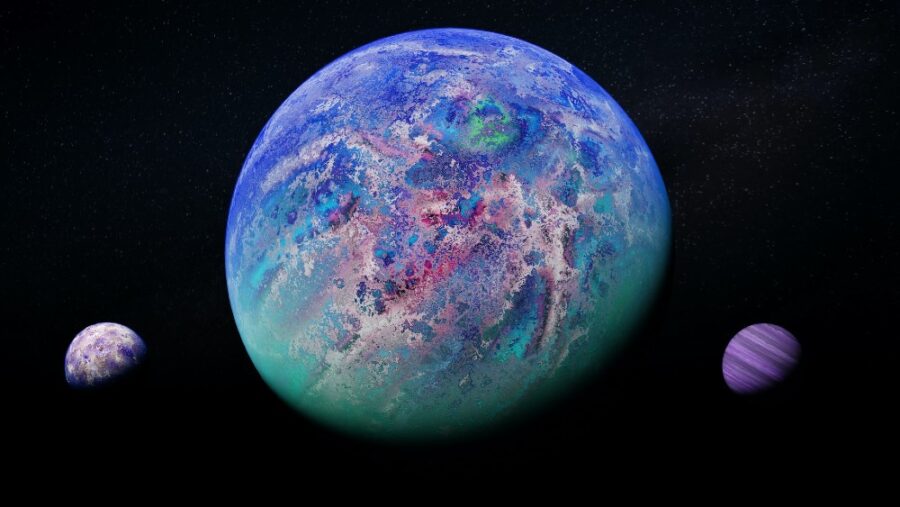
The heat the dark matter releases in the core of a planet is then absorbed by the planet’s other materials. Should there be enough dark matter in the core, the resulting source of heat is theoretically enough for the planet to keep water in a liquid state for trillions of years.
Could Dark Matter Heat Earth?
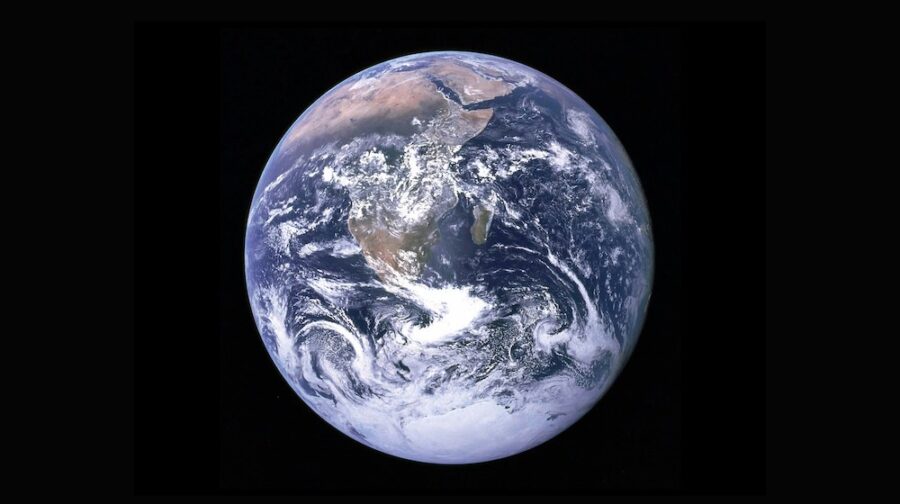
On Earth, there is only enough dark matter stored to result in a few megawatts of energy at a time. It would take a massive planet much greater than Earth to host that much dark matter at its core. Additionally, there needs to be enough dark matter available for such a chain reaction to successfully occur.
This means that planets most likely to have this phenomenon occur are located in reaches of the universe where there are higher concentrations of dark matter. The galaxy center of the Milky Way, inside dwarf spheroidal galaxies, and other dark matter hot spots are where dark matter is a possible heating source for rogue planets.
Astronomers state that life on these types of planets would be quite different from life on Earth. The livable terrain that holds liquid water would be on a thin crust of ground that floats on top of a molten sub-surface.












